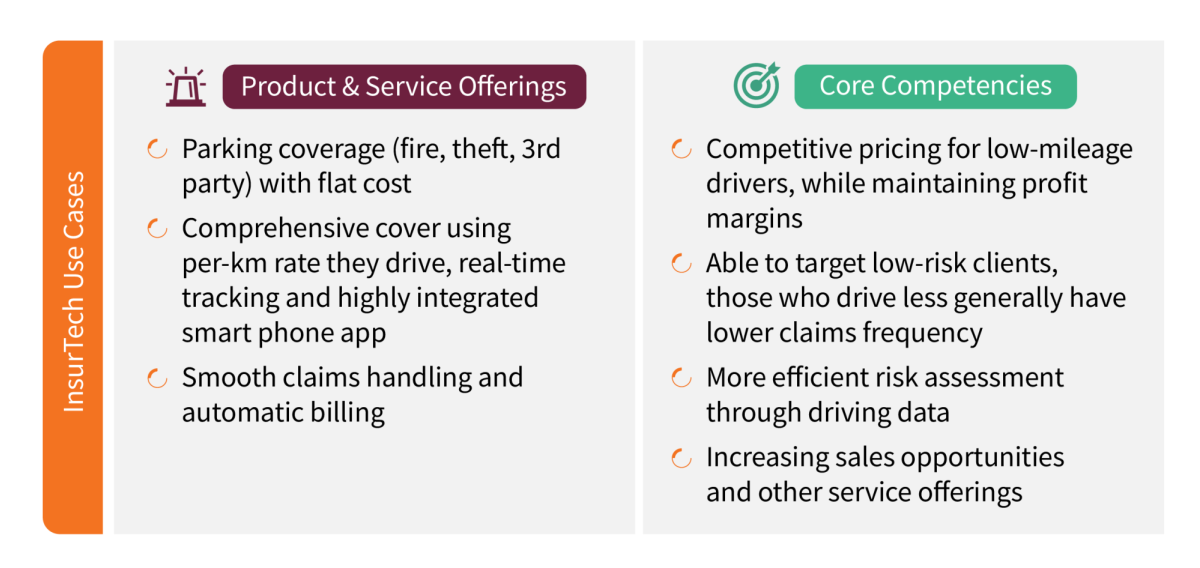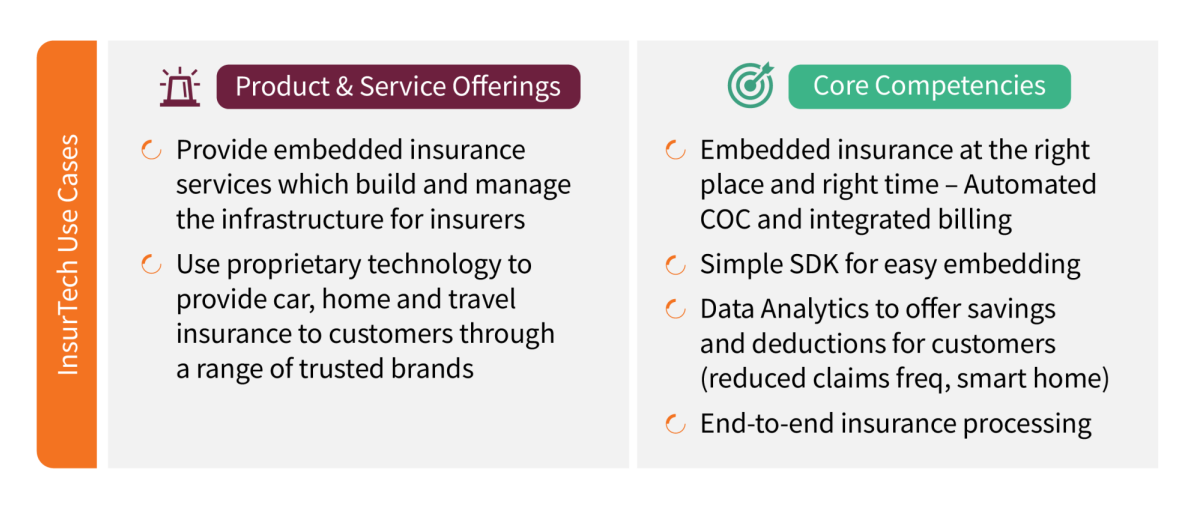Insurtech, or insurance technology, has been gaining traction in Australia. As the insurance industry takes strides towards digitalisation, insurtech becomes increasingly important in improving the efficiency and effectiveness of insurance businesses.
Insurtech has gained popularity as fintech investments and startups increasingly enter the insurance market, offering innovative ways of delivering products and services. By improving the creation, distribution, and administration of insurance businesses, insurtech challenges traditional models and drives the adoption of new technologies, opening a path for new players to enter the market.
Prevailing digital trends
The recent technological changes in the Australian market are adding more pressure on traditional insurers to reinvent themselves. To remain competitive, more insurers started leveraging technology to revolutionise the way insurance works, keeping a close eye on the latest trends and adapting their strategies accordingly.
Let’s look at these digital trends to get a better understanding of the current industry landscape:
1. Surge in demand for the insurance market differentiator
The insurance industry, particularly the life insurance sector, has been facing increasing competition, causing insurers to turn to digital innovation as a way to stand out. This includes hyperpersonalisation that leverages data to provide more customised services and relevant offerings. With low profit margins, simply increasing premiums is no longer a viable option for many insurers, leading to a surge in demand for digital market differentiators, such as hyperpersonalised policy features and recommendations.
2. Emergence of insurtech companies
The emergence of insurtech companies can be attributed to changing customer expectations, advances in technology, and the need for more efficient and cost-effective processes. With the birth of more personalised products and services, traditional insurance firms are forced to invest in new technologies, including online platforms and mobile apps, to meet the unique needs of customers.
3. Use of digital tools
Insurance companies are increasingly adopting digital tools, such as cloud computing, machine learning, API integration, and big data analytics to streamline their new product development processes and improve their key functions. This enables them to enhance their overall efficiency and provide better customer experiences.
Developments in the insurance space
Whether it's through the use of AI and data analytics, or offering more tailored products and services, insurers are looking for ways to stand out and provide greater value to customers. The roster of insurtech companies in Australia that emerged in recent years managed to develop several innovative solutions, such as the pay-per-km car insurance policy, zero excess insurance option, and insurance cover that offers protection to gig workers (contractors or freelancers).
Some companies also offer embedded insurance, using a simple software development kit for easy integration. While some provide an additional layer for third-party integration, some deliver advanced risk assessments and data visualisations. These innovations are transforming the insurance industry and offering customers more personalised and efficient solutions. Some use cases are provided below.



How to stay relevant and competitive
Several insurtech companies in Australia have successfully adapted to the changing market trends, developed effective business models, and created strategies that enable them to remain economical and profitable in the long run. However, it remains to be seen whether traditional insurance companies will be able to keep up with these new entrants and their innovative approaches.
As consumer expectations continue to evolve and technology continues to advance, the pressure will be on established insurers to find ways to remain relevant and competitive in an increasingly crowded and dynamic marketplace. Failure to adapt could lead to a loss of market share and revenue, while those who are able to adeptly navigate these changes will be well-positioned for long-term success.
To thrive in the digital insurance market, insurers must be agile and able to quickly adapt to changing customer needs and technological advancements. Our NEOINSURANCE® core beliefs address these challenges, providing support in embracing digitalisation, optimising insurance operations with the latest trends and technologies, and ultimately enhancing the customer experience.
Reach out to us to learn more about our NEOINSURANCE® core beliefs to stay ahead of the curve.

